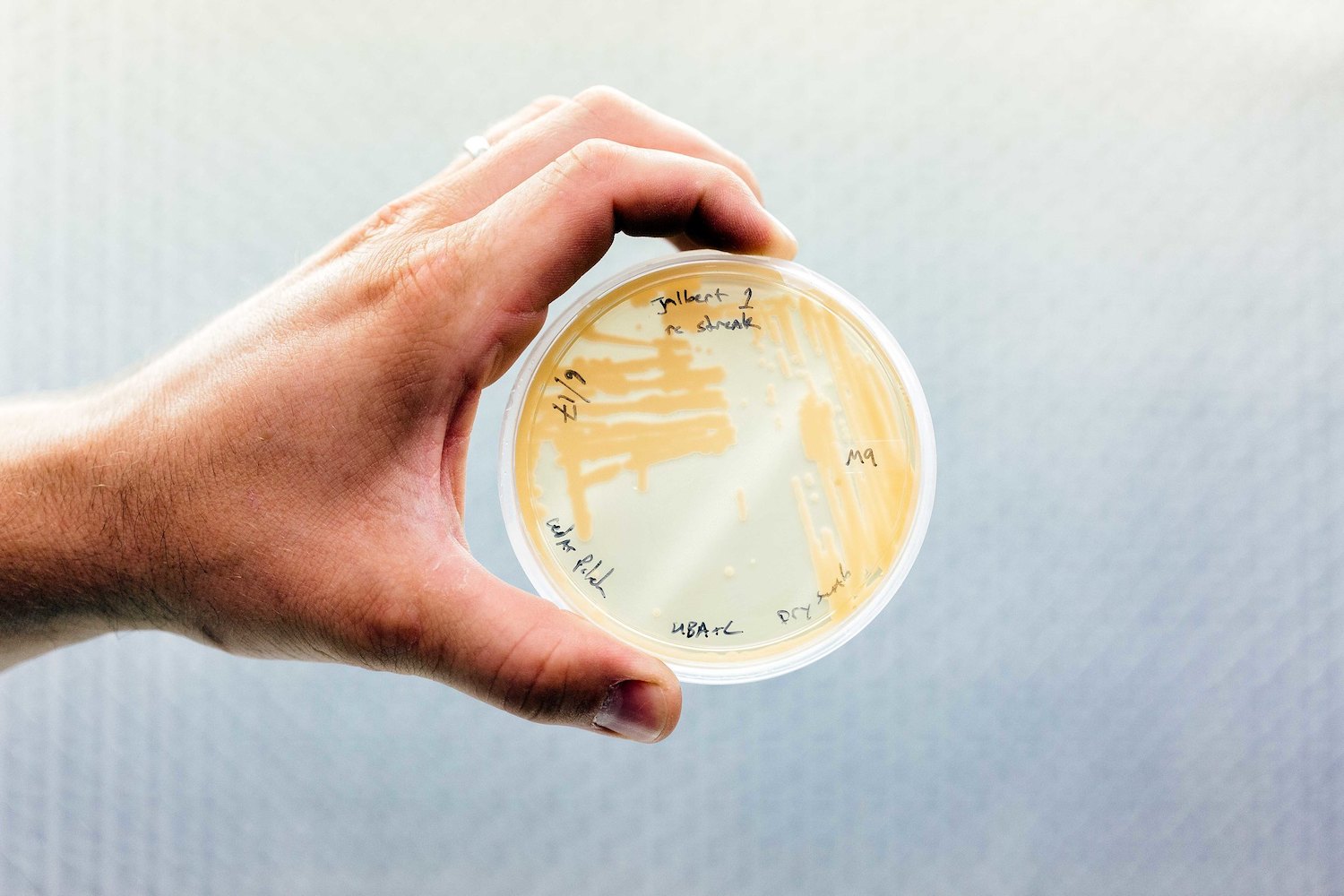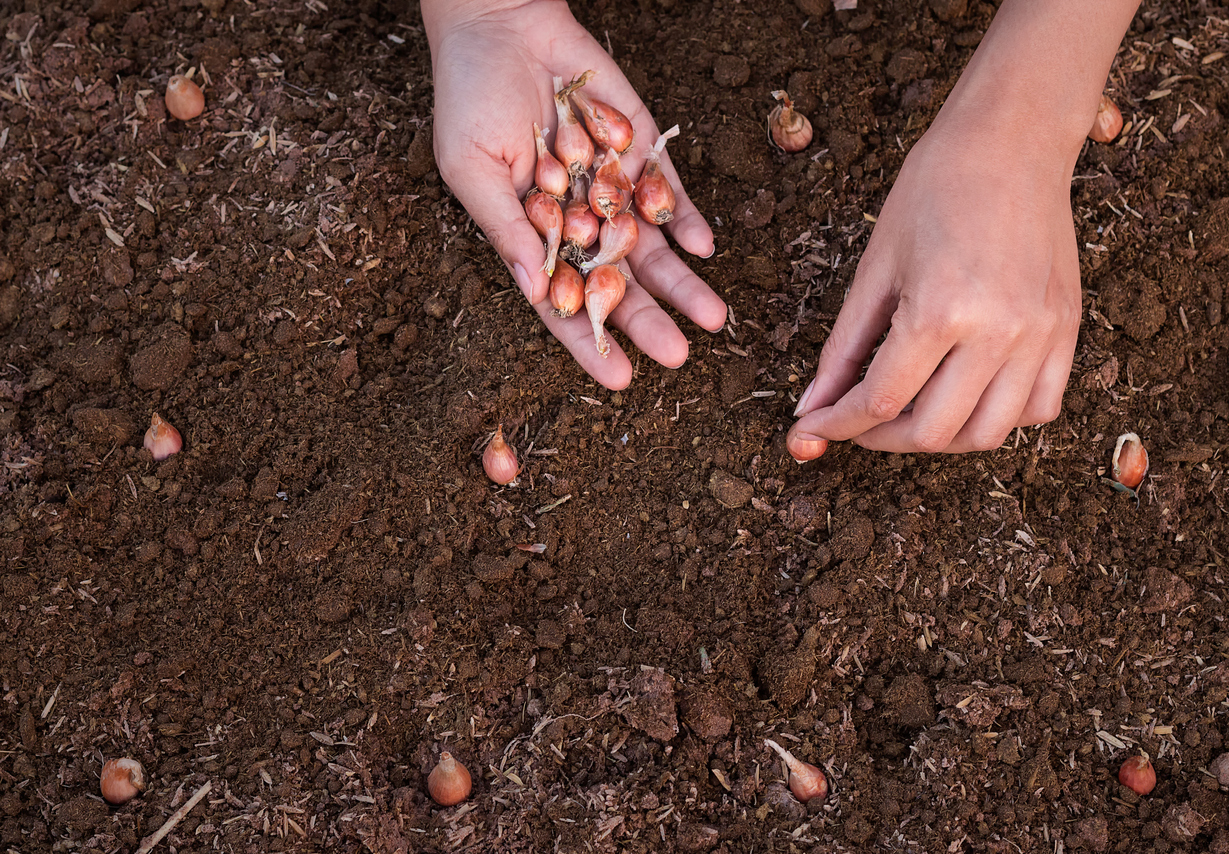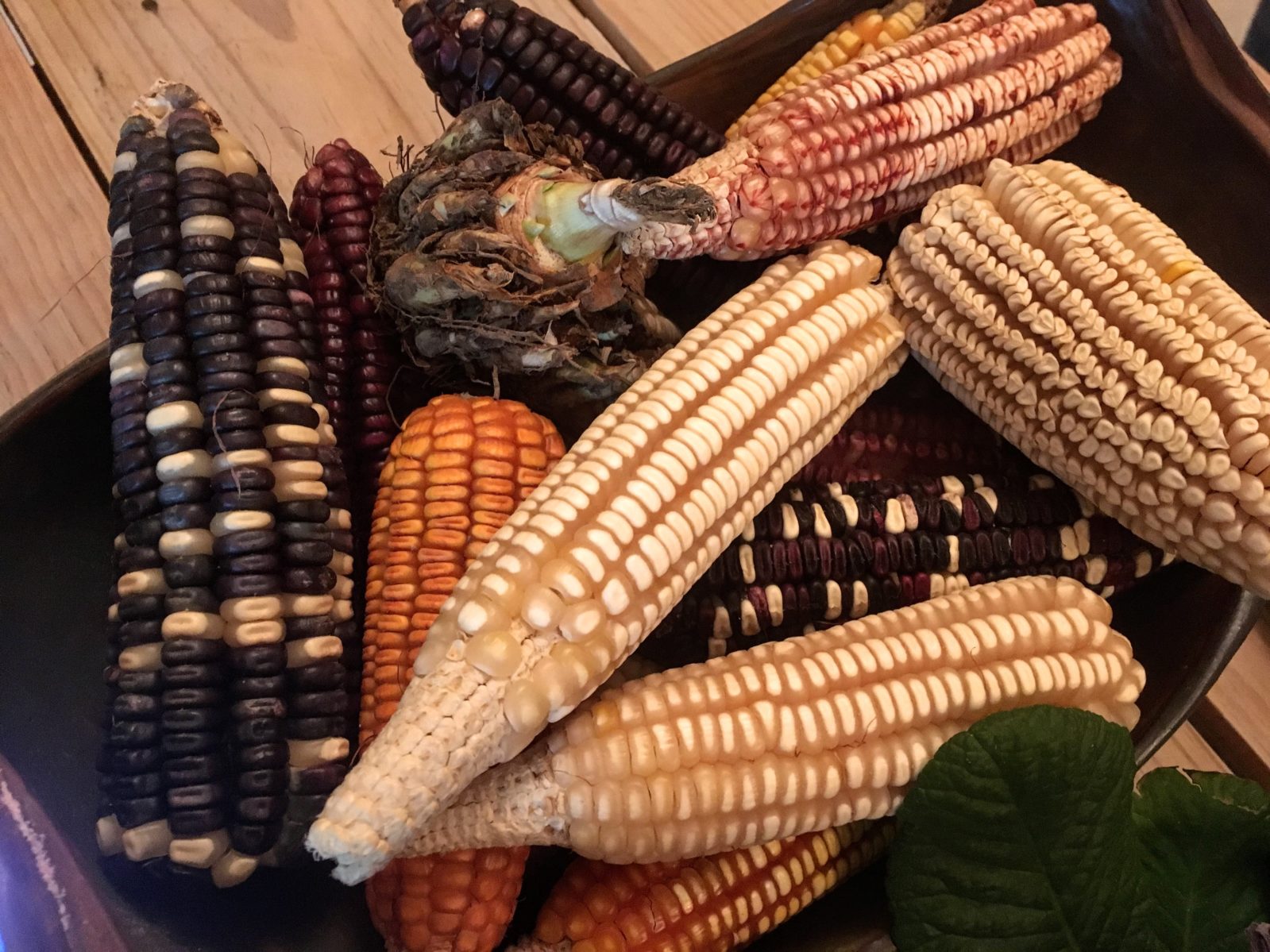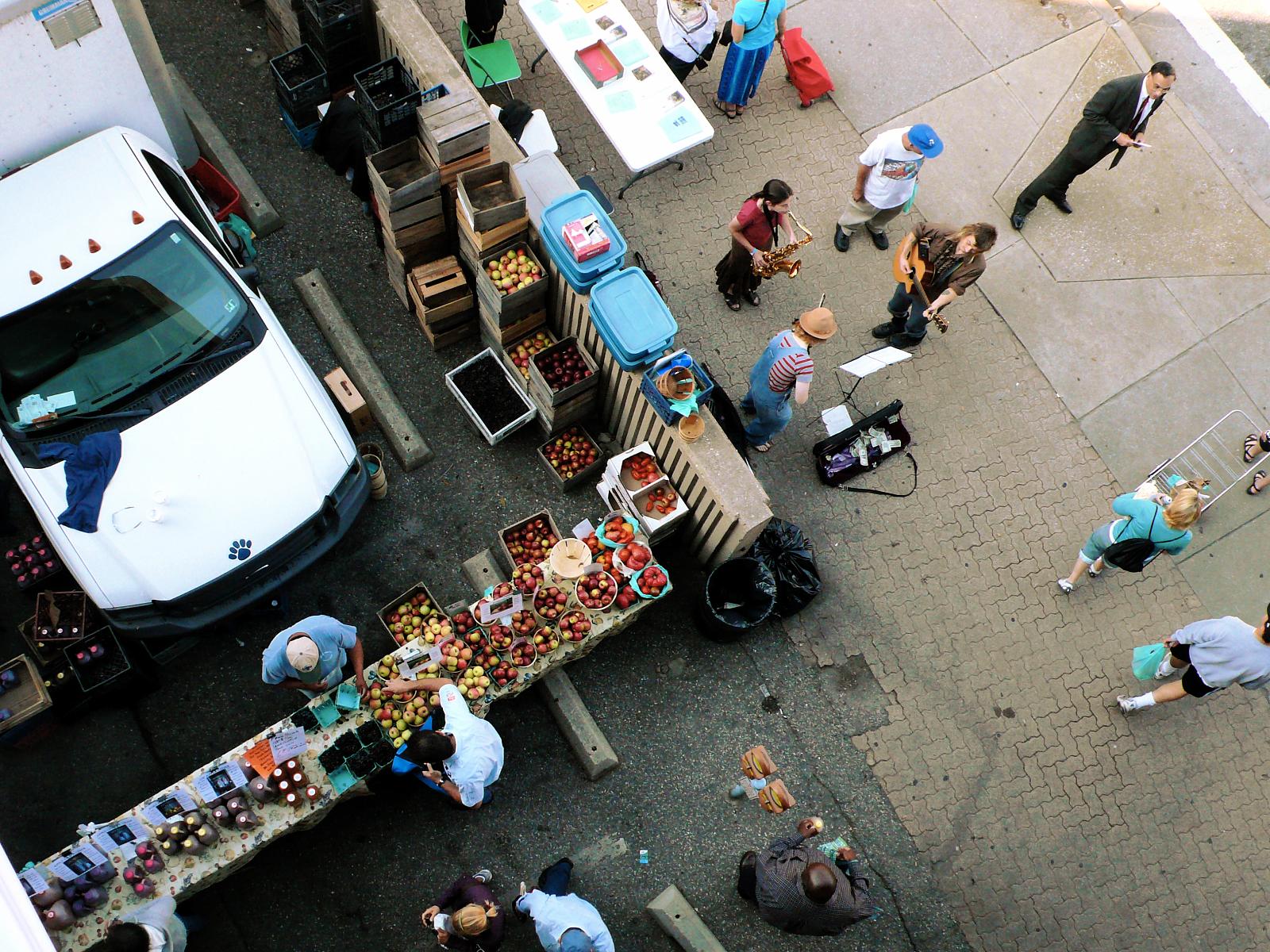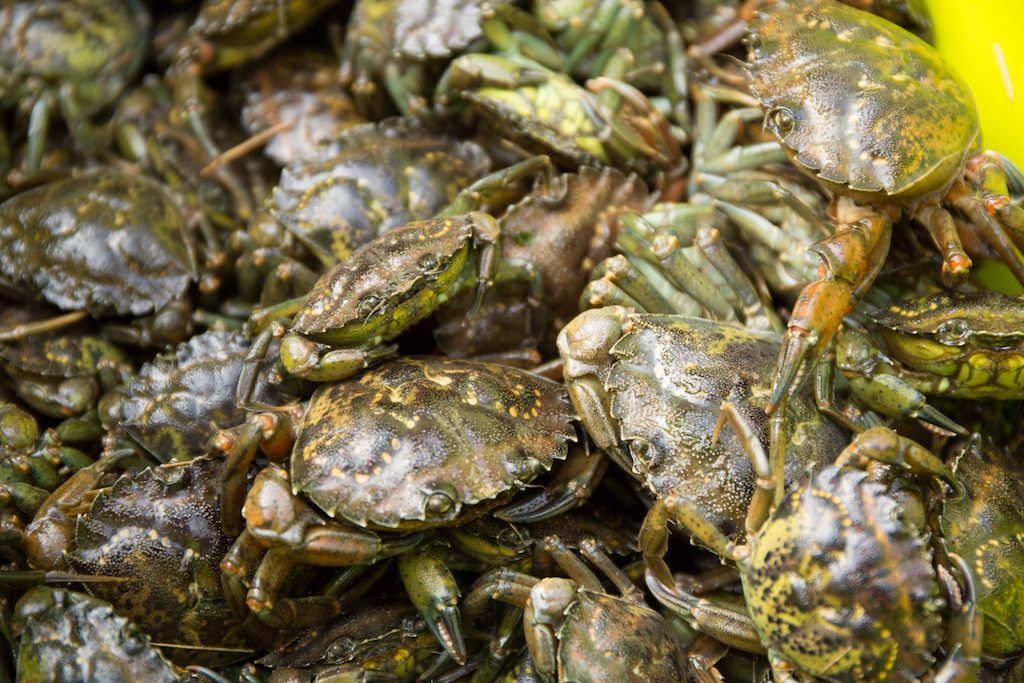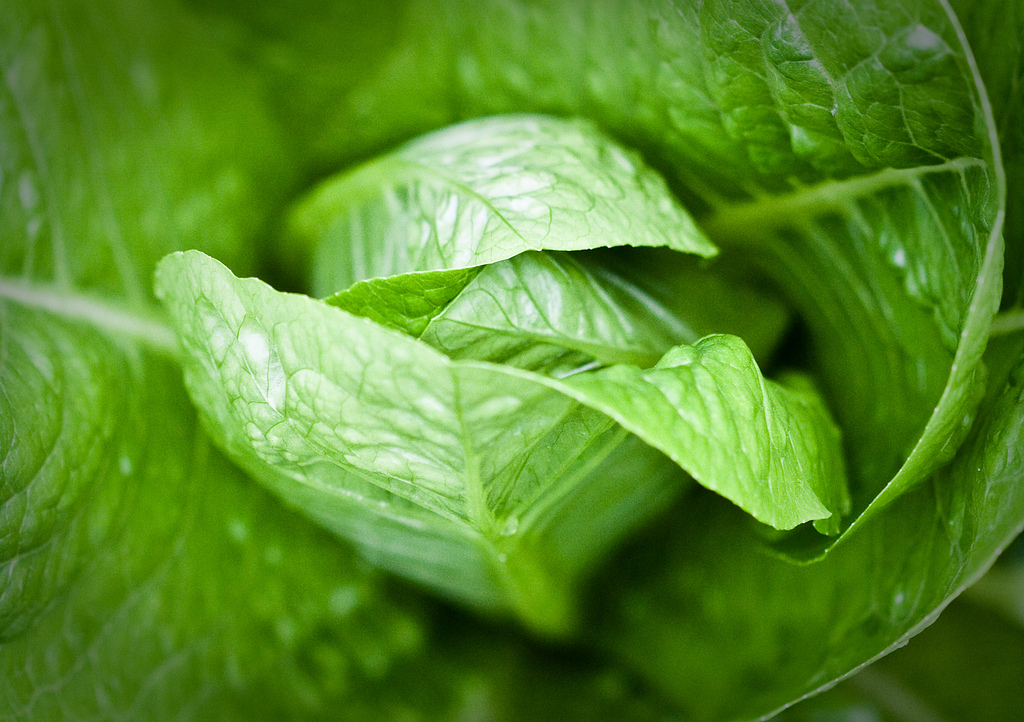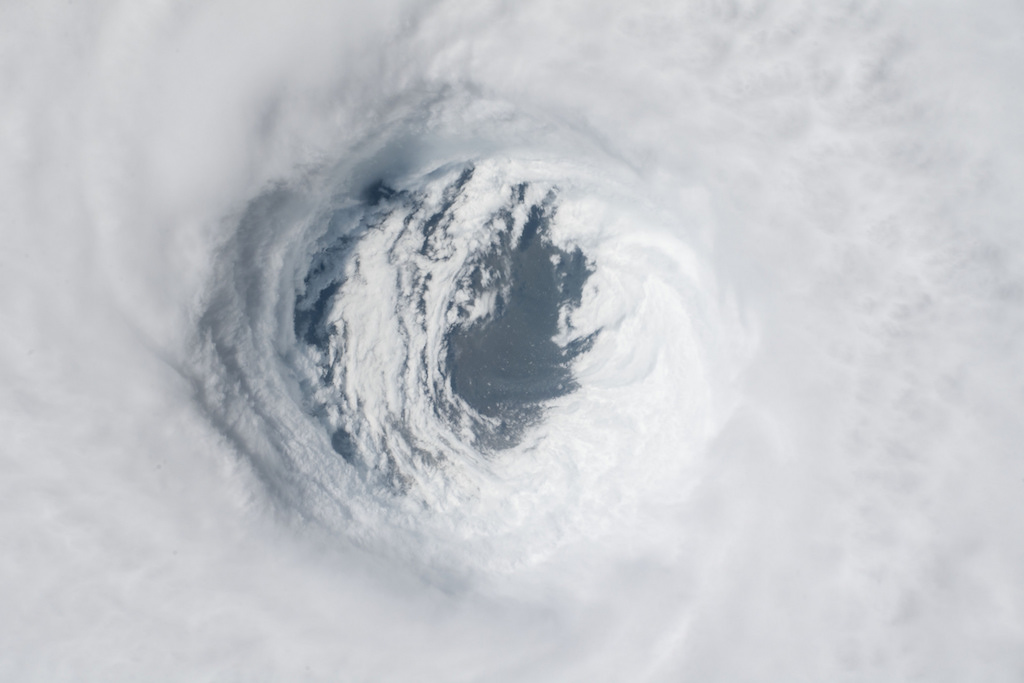In 2013, Jeff Mello abandoned an unsatisfying nonprofit gig in D.C. in order to—wait for it—take up home brewing. “It’s a craft beer cliche,” he admits. But his motivator was more than a conventional interest in hoppy brews and ABV. After reading an article by Michael Tonsmeire, also known as the Mad Fermentationist, he had become interested in the possibilities of finding strains of yeast, the living ingredient in beer brewing that transforms the sugars from the foundational concoction of water, grain, and hops (aka, wort) into alcohol.
After placing three mason jars of unfermented wort around the garden behind his Arlington, Virginia, home, Mello brought them in the next day and set them in his closet, to allow whatever microbes had wafted past the cheesecloth to start fermenting. Within a few months, the jars were host to “all kinds of interesting things.” Only one passed the—literal—smell test, so Mello did what anyone might upon discovering an unidentified organism growing in their closet.
“I made a batch of homebrew with that, which a) didn’t kill me, and b) actually tasted pretty good,” he says. “I was kind of hooked from that point—If I can pull yeast kind of from the air, and use that to make a beer, and it’s 100% something that I’ve created, and I know the origin, it just kind of had a magical quality about it …. So from there it was like, I need to teach other people how to do this.”
The following year, Bootleg Biology was born, along with the Local Yeast Project, an ongoing effort to gather strains from every ZIP code in the United States (at more than 42,000 codes, that’s a tall order—the open database currently sits at 201 contributions). To help would-be yeast hunters contribute, and to subsidize the storage of cultures from far-flung locales, Mello and associates began distributing Backyard Yeast Wrangling Kits containing basic materials for capturing, isolating, and storing wild-caught yeast.
Bootleg has since moved up and out from Mello’s Arlington basement, to a 3,600 square-foot facility in Nashville staffed by six employees. Among a list of just over a dozen strains they sell are two that were sourced and cultivated citizen scientist-style: S. arlingtonesis, the original strain pulled from Mello’s backyard in Virginia, and S. cerevisiae boulardii, which originated in grapes taken from a winery in Pasco, Washington.
It’s an example of the potential that’s available to make a lasting contribution to the pantheon of brewing yeasts—and perhaps turning a profit in the process. Still, not all breweries have the means of opening an in-house yeast lab, nor the patience or margins for risk to operate a “coolship” (a traditional fermentation vessel) or capture their own microbes. In response, a new breed of yeast lab is rising.
Nature’s alchemists
Yeasts are fundamental to the fermentative processes in beer, wine, bread, cheese, and other traditional food and drink. They’re widely available in a variety of forms and quantities via a handful of well-known yeast providers, like Wyeast or White Labs.
But there’s growing interest—and business potential—in yeasts collected from outside the familiar sources. Or, simply, from outside. Home and professional brewers alike are notorious tinkerers, always seeking new ways to produce unique flavors. By gathering yeasts from their own backyards—literally—they can explore and discover unfamiliar flavors that tie their brews to place and time.
In beer brewing, yeasts are chosen for their ability to convert the sugars in wort to alcohol, adding to flavor profiles described in colorful terms of art: funky, leathery, buttery, hayloft, horse blanket, burnt Band-Aid.
An up close view of a coolship, a common fermentation vessel
Different yeast species beget different styles of beer, and different strains therein represent variations: The temperatures in which they thrive, for instance, or the proportions of alcohol the strains will generate and tolerate. Craft brewers are always looking to expand their palettes (slash palates), and yeasts offer a range of variations in flavor and character that often transcend the limitations of style.
Generally though, for an ale like an IPA or a porter, you want some standard strain of Saccharomyces cerevisiae, the most common species of brewer’s yeast. For the lower temperatures used in making lager, brewers opt for Saccharomyces pastorianus. And on rare but increasingly common occasions, strains of Brettanomyces are used. Often viewed as an unwanted contaminant because of the pungent, sour notes it adds, ‘Brett’ is common to Belgian styles such as Lambic and Flemish Red Ale. Our tastes for these variations—or lack thereof—are largely a matter of evolution.
“The fermenting yeasts evolved the ability to attract insects, and most insects are a little bit like us: They’re attracted by flavors like banana smells,” says Marc-Andre Lachance, a veteran yeast hunter and microbiologist at Western University in Ontario, credited in the discovery of some 149 species of yeast. “Non-fermenting yeasts tend to produce things that smell much more unpleasant, and the reason we think they are unpleasant is that we’re programmed to avoid them.”
For practical purposes, modern genetic sequencing is revealing much more about the diversity and relationships among yeasts used for brewing. Despite the historical lack of understanding, many yeast strains have been domesticated and refined in a process of breeding and selection, not unlike livestock, guided over generations on the basis of how they taste and perform. Even today, many breweries cultivate and keep their own house strains, and anyone can acquire a strain tailored to their needs straight from the yeast labs. Sourcing microbes from the outside world is a little less predictable.
Yeasts of the southern wild
Pick a piece of fruit, pluck a blade of grass, or stick a Q-tip into the dirt, and you’re going to get yeast. With a few basic tools and techniques, it’s relatively easy to cultivate and isolate strains, one of which, if you’re lucky, might be good for making beer.
“It’s fairly easy to find wild yeast, because [it is] literally everywhere,” says biologist Bryan Heit, proprietor of Sui Generis Brewing, an online resource for DIY yeast cultivation. “You spend a lot of time looking for those odd [yeast strains] that work really, really well, and usually try to keep them around once you have them. If you just randomly grab something, it’ll make a beer, and it’ll probably be drinkable, but it’s not necessarily going to be something that really tastes good.”
Yeasts can be found almost anywhere, as can all sorts of other, less tasty, and even downright deadly microorganisms
The basic approach involves separating microbes from their source, then diluting and scraping them across an agar plate (a Petri dish with nutrients for cultivating microorganisms) to be identified and isolated. From there, it’s a matter of gradually building up the culture until there’s enough of it to make beer. It’s also possible to start with an already-finished batch of beer, and then work up a yeast culture from its dregs. What you get from this is likely to be a ‘domesticated’ strain, a way of playing with the microbial stock used by the producing brewery. For many crafty brewers, picking up some Petri dishes and sample tubes is hardly a chore—especially if it’s going to add dimension to their brewing process.
“There’s a lot of experimentation going on in the brewing world,” says Heit, who has been brewing for about 23 years. “Everyone’s interested in new hops, new techniques, and I think more new styles have come out in the last five years than in the 17 years before that.”
Though there are simple methods to ensure that even amateurs manage to isolate drinkable yeasts, safety is a concern when working with wild cultures. Yeasts can be found almost anywhere, but so can all sorts of other, less tasty, and even downright deadly microorganisms.
Yet wild-sourced yeasts and bacteria are nothing new to brewing: Farmhouse, Saison, and Lambic styles in Belgium for example have used ‘spontaneous’ fermentation for centuries, wherein wort is left out overnight in open-air coolships. Ambient yeasts and bacteria—often carried by winds or insects—can then settle in to breed and feed on the wort. In areas where a lot of brewing happens, chances are good that tasty, beer-friendly yeasts have established communities nearby.
Techniques for isolating and controlling yeast cultures largely pushed spontaneous fermentation out of vogue. But the method is being revived by a growing number of breweries around the country, such as Jester King near Austin, Texas. “We’ve always been fans of wild fermentation, so we chose not to brew or ferment with monocultures,” says founder Jeffrey Stuffings. “Brewers are fond of doing that, isolating strains off of wildflowers or fruit. I think the craziest one I ever saw was a brewer’s beard hair.”
Getting reliable results from batch to batch is desirable for obvious reasons. But given how easily yeasts can be sourced from unlikely—and maybe unseemly—places, there’s a lot of opportunity for brewers to produce unique results that stamp their brew with a particular time and place. It doesn’t get more ‘craft’ than that.
Bug business
The creative case for making beer out of novel yeast strains is easy; the business case, less so.
One of the main challenges to the commercial prospects of wild ‘bugs’—another term of art used by brewers to describe bacteria and wild yeasts—is the fact that they generally produce beers many people won’t want to drink. Sour, funky beers are appealing to a relatively limited set of palates; locality and terroir may lose relevance the further one goes from the source. That’s to say nothing of the difficulty in producing enough beer to make the effort economically viable beyond small batches.
 Doug Bierend
Doug Bierend The yeast fermentation process can be full of surprises, not all of them pleasant
Even an international brewery like Dogfish Head maintains interest in the process and has the customers to buy wild-fermented beers, but sales are confined to a handful of states adjacent to the brewery itself. Given the often offbeat flavor profiles and the limitations of scale for regionally sourced yeasts, the market for wild fermented beverages largely remains local brewers and cultivators.
Wild yeasts represent undiscovered country in biology and brewing alike. Only about 1,500 species have been identified, representing an estimated 5% of the total. As DNA sequencing becomes more common, and techniques for isolating and guiding the mutation of yeasts more widespread, there’s growing room for innovation and, to some extent, propriety.
“If the hand of man is involved in changing it genetically in some way, you could patent the resulting organism,” explains Omega’s Lance Shaner. Shaner’s business partner Marc Schwarz continues, “If it goes well, we’ll be able to get a patent on that strain, which then means nobody would be able to sell that strain at all except for us, unless they licensed it from us.”
Louis Pasteur patented the idea that you could ferment beer without leaving it open to ambient air, along with the process of isolating yeast strains, though this intellectual property was never commercialized. Techniques like these, as well as traditional strains or mixed cultures, are in the public domain. That leaves trademarking as the avenue most commonly pursued by modern yeast labs looking to stamp their strains.
Now that these strains are making their way to the States, they create new branding opportunities. Bootleg sells a strain called Oslo; Inland Island sells Norwegian Farmhouse; Imperial Yeast sells Loki. Omega’s strain is called Jovaru Kveik, delivered to Schwarz in person by a Lithuanian woman named Aldona Udriené. The strain had served her family business for generations, but her children weren’t interested in carrying on the brewing business, so she approached Omega in hopes they could find a market for it. These companies don’t own the strains, per se, just the branding associated with them.
As to the commercial future of wild and locally sourced yeast strains, it seems mainly a matter of luck. There’s no telling when or where a yeast wrangler will stumble on an unknown strain that makes a great beer. “When someone finally gets a really good strain that has good commercial properties, that’s probably when you’ll see more interest in it,” says Heit.
For the community of craft and home brewers, the business case often matters less than the pure challenge of finding a novel strain that ties their beer to their region, and more closely to their own efforts. To some, the hunt is more important than the taste.
“When you’re trying to find your own wild yeast, sometimes that’s a secondary concern,” says Jeff Mello. “The achievement of finding the wild yeast is a pretty big one.”
Correction: An earlier version of this post misidentified the Jovaru Kveik strain as a different strain, Hornindal Kveik.
